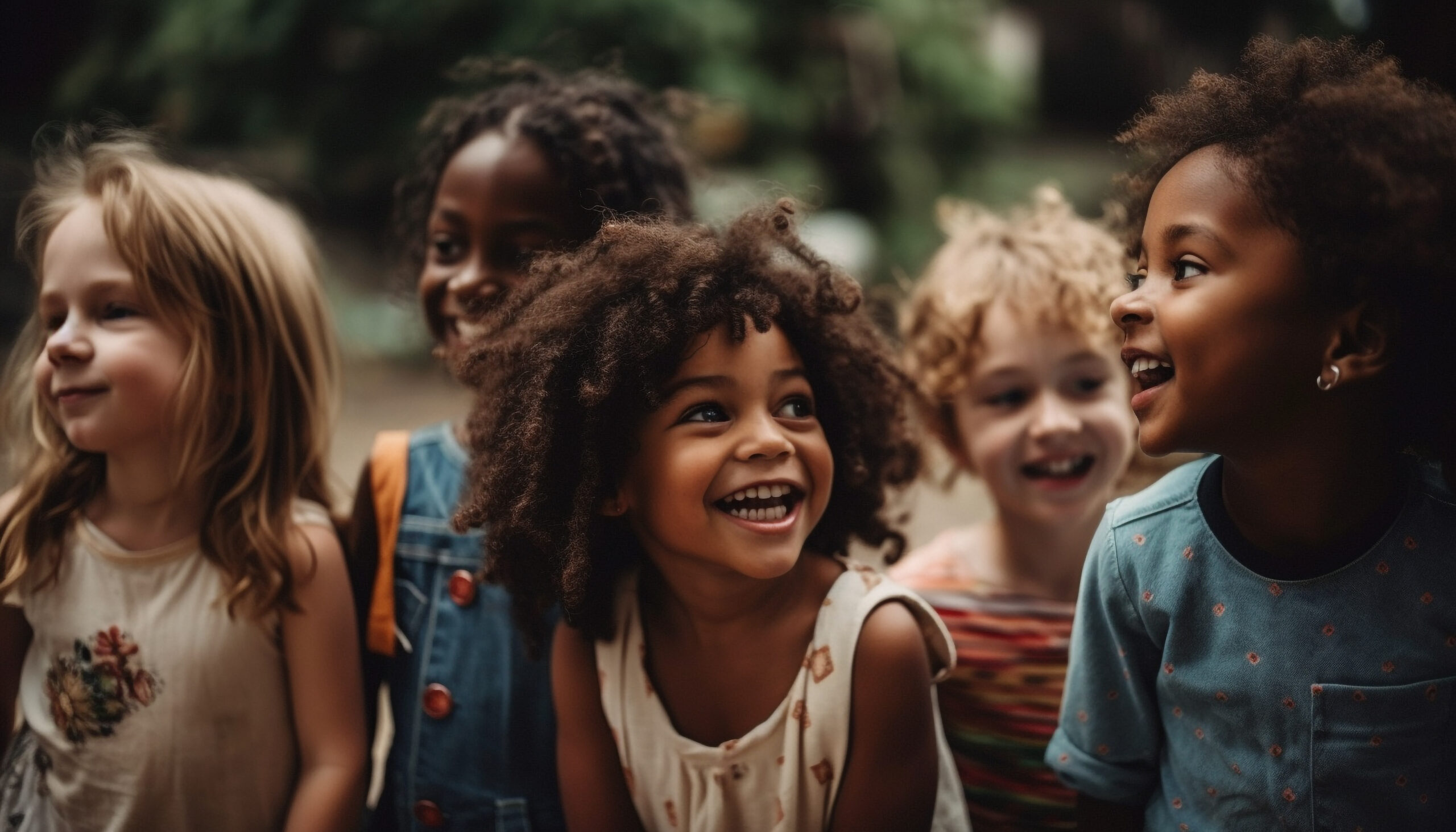Globalization and the intensification of migration favor intercultural exchanges, leading each to confront the other. While it is true that migration can lead to obstacles and tensions, it also presents many opportunities for development.
Growing up in the mix
The cultural intermingling of adolescents requires a double integration of the benchmarks specific to each world, a more or less good knowledge of the implicit rules that govern the two cultural systems and the creation of a new mixed system. This mixture is fragile, but it can become enriching when the two cultural poles are recognized and accepted by the individual and by those around him, which is far from being evident in adolescence, a period of identity building. We can see that these French teenagers, whose parents come from elsewhere, have no choice but to deal with these different worlds within them.
This video can explain it more:
Young immigrants are built on a plurality of cultural references and recognize themselves both in the values of French society that they have internalized through school, friends and the neighborhood, and in family values. This double cultural reference creates psychic tension that they will try to reduce by putting in place processes of adaptation. Between openness and closure, assimilation and differentiation, each one is defined on the basis of this in-between, which can in fact refer neither to French culture, nor to that of its origins, but a new culture that will be the product of the plural cultures in which they have evolved.
The story, the transmission: a condition of identity construction
It is in the shared experience and in the discourse of parents that identity and family belonging are built. The story then becomes a means of transmission. However, the history of the migratory journey can be so painful that some routes are kept silent, hidden. To transmit one’s history is to give information, awaken memories, and revive emotions. When this family story is not transmitted between those who have left and those who were born in the host country, we can hypothesize that the construction of identity and the sense of belonging of the younger generations are undermined. It is a factor of vulnerability that can lead them to connect to a «wild, urban culture» and to cobbled identities.
Confrontation with a person of a different culture necessarily leads us to question our own identity and that of the other, but also to question our relationship to otherness. This produces reactions of fear, rejection, or tension, or on the contrary an opening to the other.

